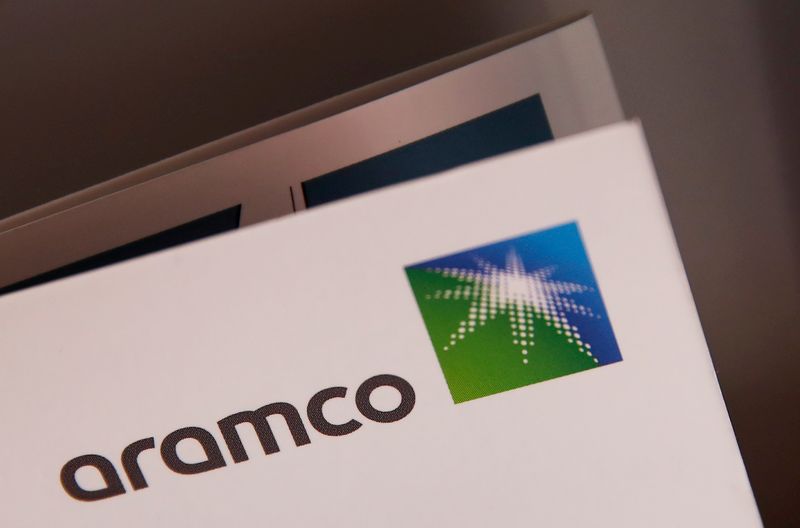Saudi Aramco's Q3 profit slumps 15%; dividend maintained
Investing.com -- Saudi Arabia's oil giant Aramco (TADAWUL:2222 ) reported a 15.4% decline in its third-quarter profits, attributing the drop to softer crude prices and weaker refining margins.
Despite this, Aramco held firm on its substantial dividend, maintaining a payout of $31.1 billion for the quarter.
The company’s shares fell marginally following the report.
For the period ending September 30, Aramco posted net earnings of $27.6 billion, which, despite the year-over-year drop, surpassed the company's median estimate of $26.9 billion and Citi's earlier forecast of $26.3 billion.
The dividend includes $10.8 billion tied to performance, a structure Aramco introduced in 2022 following an exceptional year for profits when oil prices spiked. This performance-linked component comes on top of a base dividend that the company distributes irrespective of its quarterly results—a relatively rare approach for publicly listed firms.
Aramco anticipates paying out a total of $124.3 billion in dividends for 2024, with $43.1 billion linked to performance.
Aramco’s shares have dropped approximately 17% this year, trailing US oil majors Exxon (NYSE:XOM ) and Shell (LON:SHEL ), yet largely tracking with BP (NYSE:BP )'s 18% decline.
Lower production levels and oil prices have weighed on Saudi Arabia's state revenues. A preliminary budget statement in September showed a forecasted fiscal deficit of 118 billion riyals ($32 billion) for 2023, or about 2.9% of GDP. This projection is wider than the 79 billion riyal deficit anticipated in the December 2024 budget.
To address its financing requirements, Saudi Arabia sold an additional Aramco stake earlier this year, securing $12.35 billion.
The kingdom emerged as the largest debt issuer among emerging markets in the first half of the year. Saudi Arabia’s public debt stood at 1.15 trillion riyals ($306.17 billion) at June’s end, marking a 9.4% annual increase.
By the end of 2023, this debt level is expected to reach 1.172 trillion riyals, exceeding earlier projections of 1.103 trillion.
Source: Investing.com
